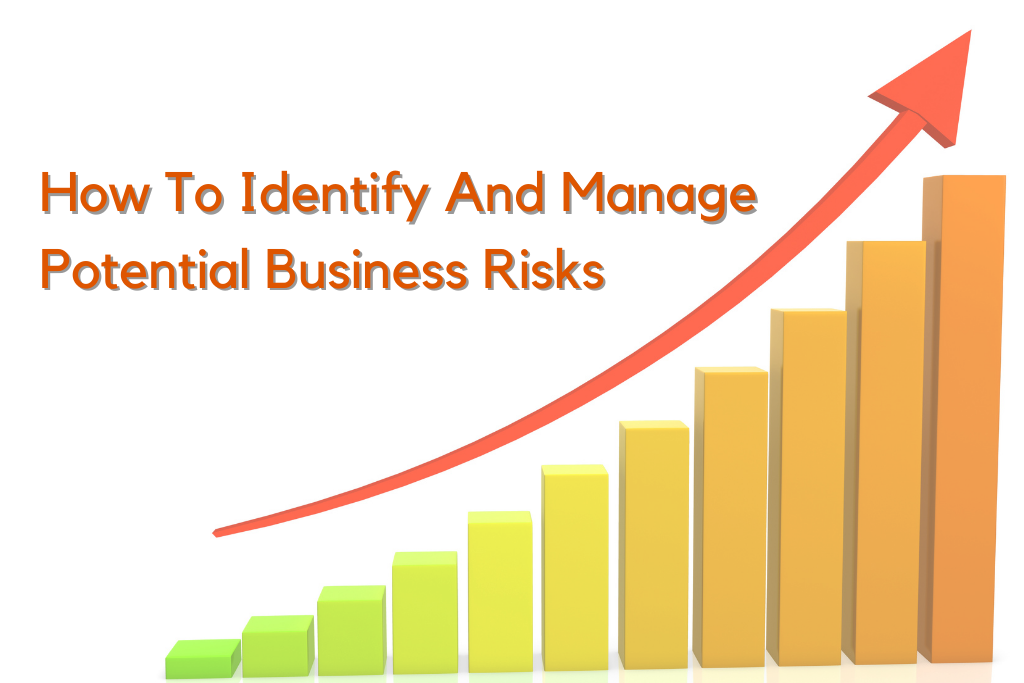Accounting Services Perth

Starting a new business can be a great experience for someone who wants to be their own boss. However, at the same time, they must note that running a company involves many risks, including technological risks, environmental risks, safety risks, risks associated with the downfall of the economy, etc. That is why as the owner, you must be aware of an effective risk management process. This blog throws light on various risks associated with the business world and how to manage them.
The standard Australian definition of risk says that it is the chance of something happening that may impact business objectives.
Business risks include both external and internal risks, which can indirectly or directly affect the smooth running of the business. These risks can be uncertainty-based, hazard-based or related to opportunities.
So, identifying business risks will be possible when you are fully aware of their types.
What type of risk will affect your business will completely depend on your business type and goals. So, for effective risk management, you must be prepared for potential external and internal scenarios that may directly affect your business.
Usually, there are two types of business risks - direct and indirect.
Under direct risks, the common categories include:
Many business people sometimes make the big mistake of neglecting things that do not impact their business directly. This attitude eventually makes them unprepared to deal with any change in the business environment. For example, a natural disaster may not directly affect your business. Still, it may take a toll on the location of your company, daily purchase of the customers, and the supply chain. These three are key factors of a business, and a bad effect on their means your business will undoubtedly suffer in the following ways.
Business risk management is a process that combines business risk identification, assessing the risks, and building effective strategies according to the assessment. Whatever business you plan to start, you must have a well-structured risk management plan because it will help you understand possible business risks and find ways to reduce them.
Minimising business risks involves exploring different options to deal with risks that can severely affect your business. While some risks require immediate management, others can be treated later.
A detailed risk assessment will help you identify the risks that need immediate treatment. While developing a treatment strategy, the following factors should be considered.
You must mention how and why you have decided to manage your risks in your risk management plan. It is also essential to make regular reviews of the plan so that you can identify any new risks associated with business changes or technological improvements in treating risks.
If possible, you may think of not proceeding with a business activity that may be risky. Or, you may consider another way to find the same results. That way may be changing the methodology, materials or equipment that does not involve any risk.
You may think of the following two processes to reduce potential business risks.
Transferring the responsibility for the risk to another entity can be another effective option. Through outsourcing, insurance, partnerships, or joint ventures, you can do it. It can also be done by:
If you are new to the business world, it will always be a good idea to take help from a business consultancy firm. When it comes to asset protection services or other business risk management services, Accounting Services Perth will be the best option to choose. Whenever you need help, call on their number or send an email.